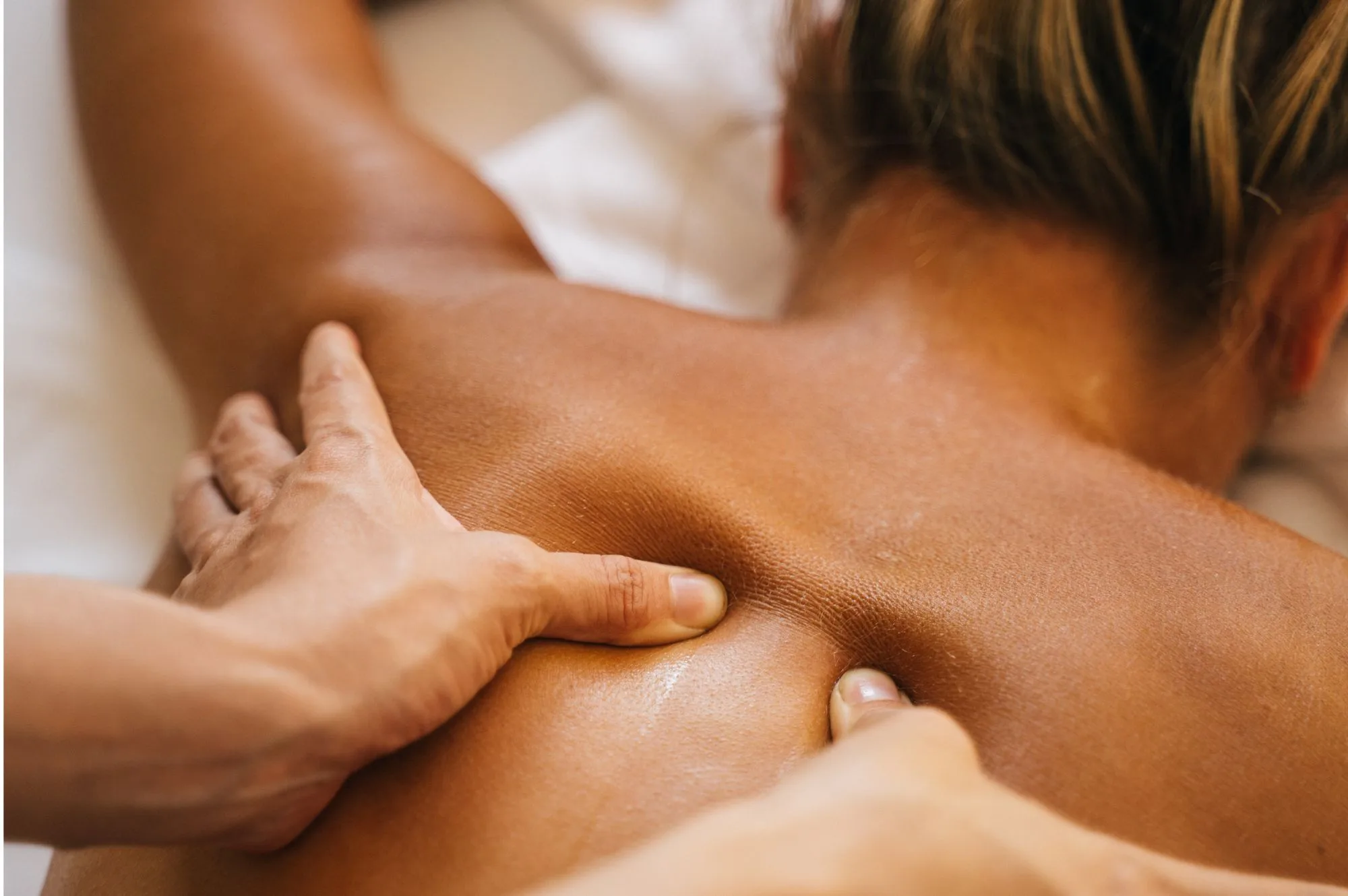
Treating Compartment Syndrome with Massage Therapy
A compartment is a section within the body that contains muscles, blood vessels and nerves. Anatomical compartments are surrounded by fascia, or fibrous tissue. Compartments are present in all our limbs.
The Syndrome
Compartment Syndrome is a condition where pressure within one or more of the body’s compartments becomes high. Compartment Syndrome can either be Acute or Chronic. Acute Compartment Syndrome usually occurs due to an accident that results in direct impact to one of the compartments in your arms or legs. Chronic Compartment Syndrome is an overuse injury where the muscles become too large for the compartment, causing increased pressure. One reason this could happen is due to overtraining or biomechanical abnormalities. This restricts blood flow to the compartment that leads to a deprivation of oxygen to the muscles.
Symptoms of Compartment Syndrome
Acute Compartment Syndrome is relatively easy to identify as it follows a big injury. Doctors working on the individual figure out if the individual has any of the Syndrome’s symptoms.
Individuals who play sports that require the same constant action, such as running or cycling, should look out for the Syndrome’s symptoms as well as such individuals are prone to Chronic Compartment Syndrome in their lower limbs.
Symptoms include:
- Deep and constant pain
- A feeling of tightness
- Paresthesia (pins and needles)
- Burning sensation in the muscles
- In extreme cases, paralysis.
Massage therapy
Sports massage can reduce the tension in the muscles in the affected compartment. This, in turn, reduces the strain on the tendons attached to the bone of the compartment, allowing it to heal. It also prevents the Syndrome from re-occurring once you resume your sport.
All massages must be performed by a professional or with the help of professional guidance.
1. Light massages can be performed as followed:
- Use your hands to lightly stroke from the ankle to the knee (in legs) or from the wrist to the elbow (in arms). Be firm but do not apply too much pressure.
- Always remember to stroke towards the heart and not away from it.
- To come back to the ankle or wrist after a stroke, lightly skim your hands back without losing contact with the skin. Do not keep your hands firm while doing this.
- Repeat this for 5-10 minutes, while gradually increasing the pressure.
2. Muscle stripping
- Using your thumb (left thumb for left limb, right thumb for right limb), apply deep pressure to the tibialis anterior muscle, starting from the ankle to the knee (in legs) or wrist to elbow (in arms).
- Adjust the pressure of the massage in such a way that the muscles do not tighten up.
- Do this 10-20 times, alternating each time with a cross friction massage (see below).
3. Cross friction
- Apply pressure across the tibialis anterior muscle, starting at the lower third of the shin and working upwards.
- Try and stretch the sheath surrounding the muscle.
- Do this for 5 minutes, interspersed with the muscle stripping technique.
All massages together should not take more than half an hour. Massage therapy should be done either daily or on alternate days, depending on the condition of the compartment. Your physiotherapist is the best judge of this.
In case of any inflammation or increase in pain, you should stop massage therapy immediately and consult your physiotherapist as soon as possible.







